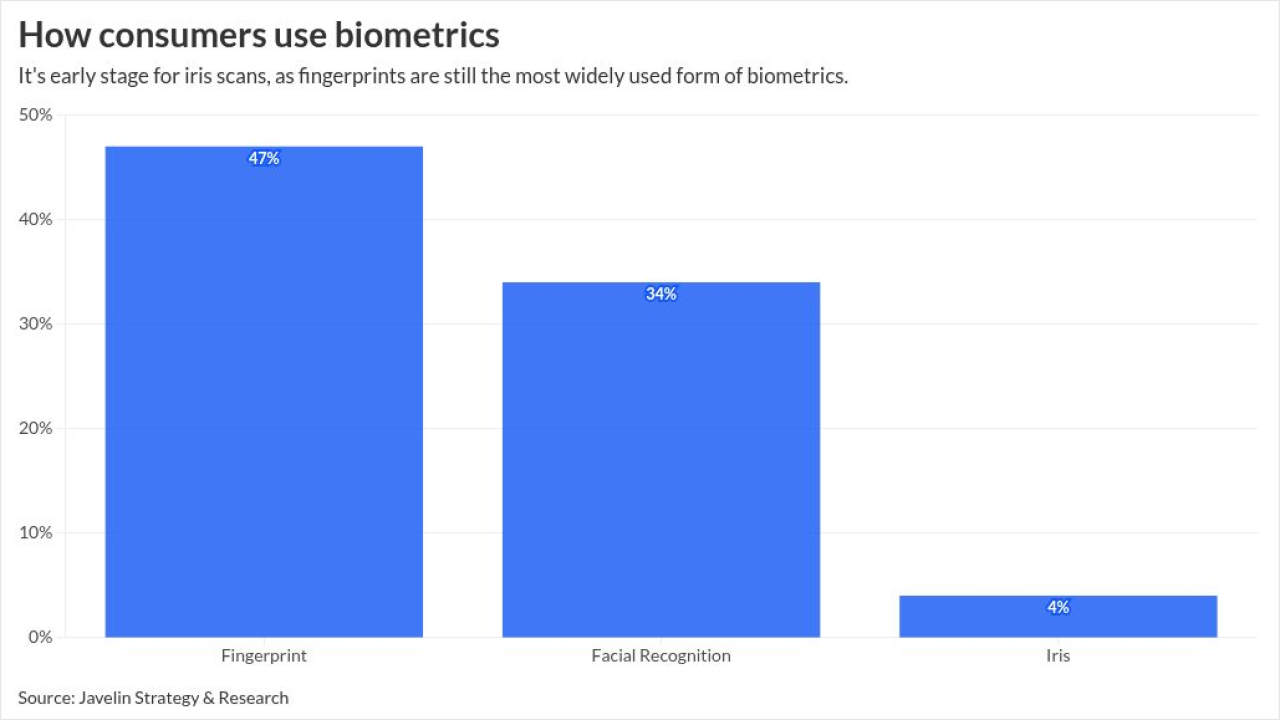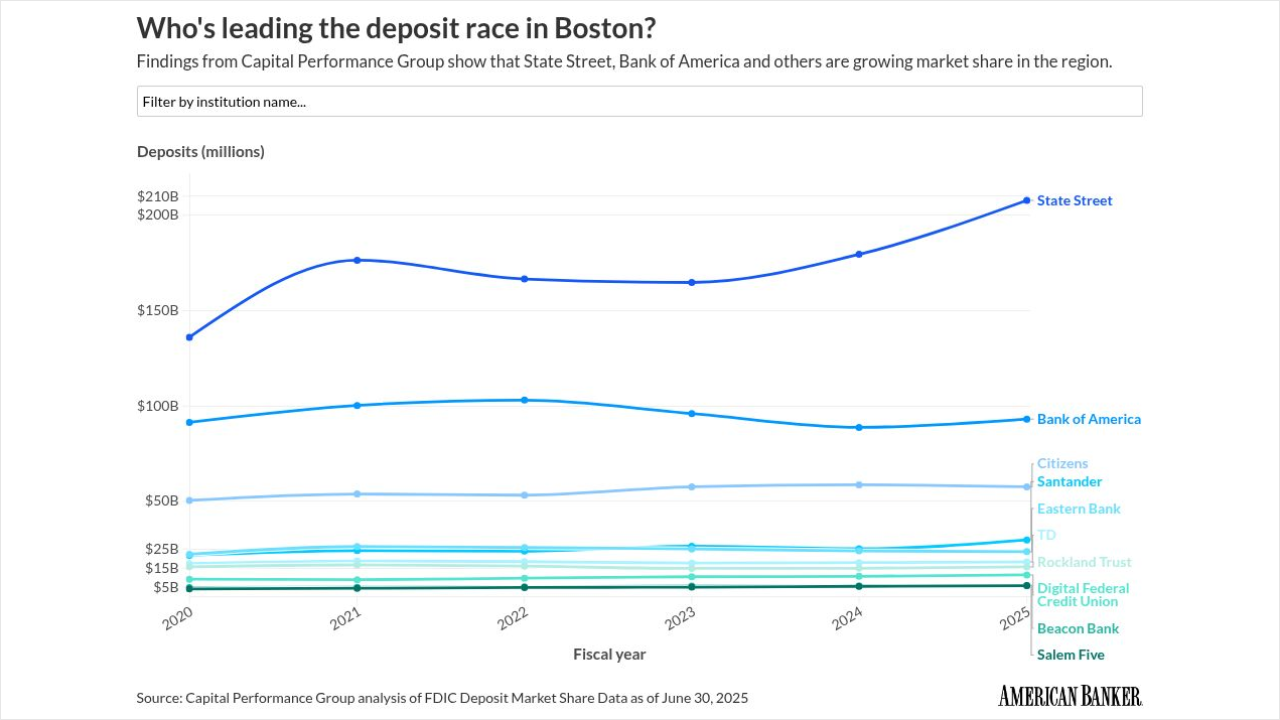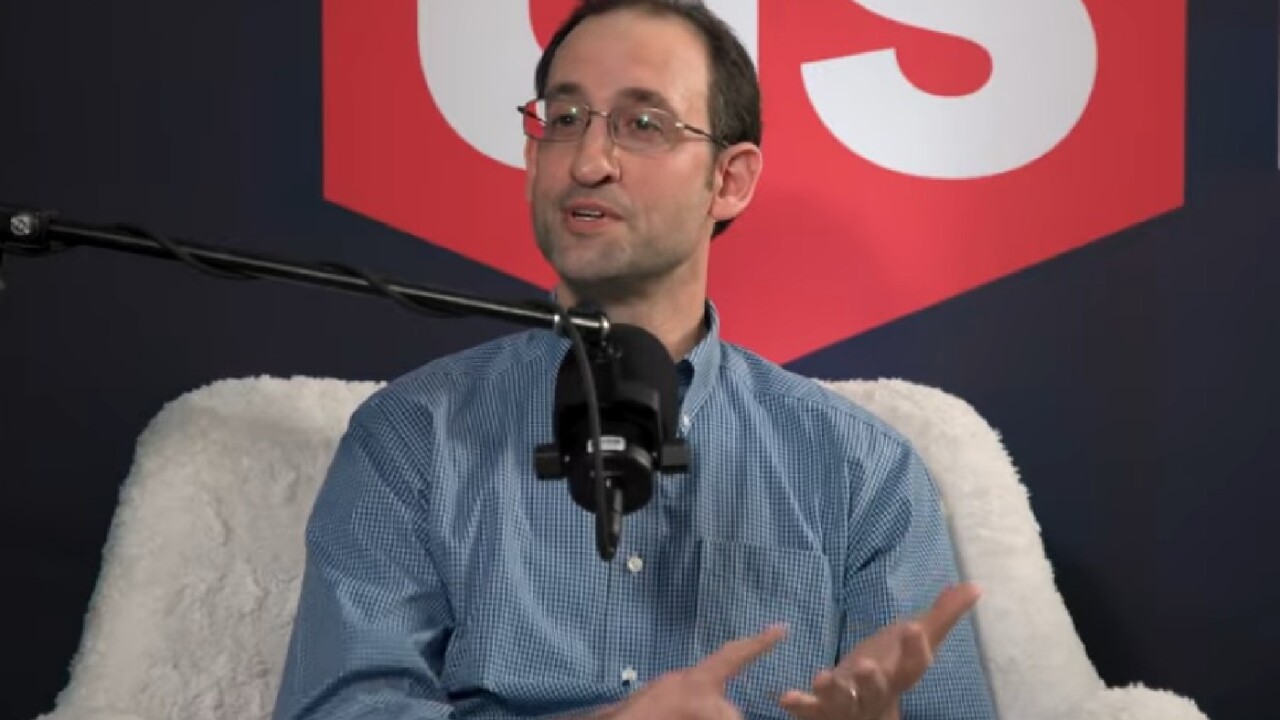- What's at stake: JPMorganChase recorded a $170 million charge-off in connection with Tricolor's bankruptcy. While that's a drop in the bucket for America's biggest bank, the bankruptcy could mean major losses for several regional and community lenders.
- Key insight: JPMorgan is striving to prevent a repeat of a situation in which it got defrauded by a borrower.
- Forward look: CEO Jamie Dimon said that Tricolor should serve as a warning for future bankruptcies.
The $4.6 trillion-asset bank
"We're not omnipotent, we make mistakes too," Dimon said on a Tuesday call with analysts. "There clearly was, in my opinion, fraud involved in a bunch of these things. But that doesn't mean we can't improve our procedures."
Dimon added that
The provision for credit losses was $3.4 billion. Net charge-offs were $2.6 billion, up $506 million, predominantly driven by Wholesale and Card Services. The net reserve build was $810 million and included $608 million in Consumer and $205 million in Wholesale. In the prior year, the provision was $3.1 billion, net charge-offs were $2.1 billion and the net reserve build was $1.0 billion.
But the hundreds of millions of dollars
The full extent of Tricolor's alleged fraud, and the losses to creditors, is still playing out in court, and through Department of Justice investigations. But since Tricolor's bankruptcy, there have been other signs of fraying in the sector.
First Brands Group, an auto parts company, also filed for bankruptcy a few weeks later, and has noted that more than $2 billion is unaccounted for.
Tricolor's collapse, however, wasn't related to tariffs, Barnum said. He added that even discussions around a challenging auto finance sector aren't relevant for the bankrupt company, which he attributed to "apparent, or alleged, fraud."
As the explosion of banks lending to non-depository financial institutions has drawn scrutiny due to its often lack of transparency, Barnum noted that subprime auto is a more specific space. He said, though, that the "vast majority" of the non-depository financial institution lending
"That doesn't mean that there's no risk," Barnum said. "That doesn't mean that things can't go wrong. And obviously, if you're doing secured lending, and there are problems with the collateral that's an issue — which is clearly relevant in the case of Tricolor."
In the days following the company's bankruptcy, banks were sending employees to get eyes on Tricolor lots
When Tricolor filed for Chapter 7, it left some 60 lots and garage facilities across six states unstaffed and unsecured, with no clear path forward for the roughly 10,000 vehicles in its possession.
Barnum said he didn't have anything to add about other credit exposures that could lead to charge-offs, but noted that
Dimon, though, again warned that the prolonged bull credit market could mean that an economic downturn would uproot other similar issues.
"My antenna goes up when things like that happen," Dimon said. "And I probably shouldn't say this, but when you see one cockroach there are probably more. So everyone should be forewarned at this point."






